The ultimate guide to mechanical keyboard newbies
Mechanical keyboards are on the go recently. More and more people are looking for information about it. We have collected keyboard's information need for newbies. Let's check it out!
Form factor
1. Name/ Size: Full-size (100%)
Characteristics: 104 keys with the arrow keys, function row and number pad.
This is the most easily recognizable machanical keyboard you can find, especially in the office’s environment.

100%
Suitable for an officer, Excel users and those using numbers, statistics, etc.
2. Name/ Size: Tenkeyless/ TKL (80%)
Characteristics: 88 keys or so, the full-size keyboard without the number pad.
This is the familiar keyboard with the PC gamming users. When the full-size version is too big and your desk area is small, a TKL one is more suitable.

Tenkeyless/ TKL/ 80&
Suitable for PC gaming users, people who not using much of the number pad.
3. Name/ Size: 75%
Characteristics: 80-84 keys; the 75% form factor is a bit smaller and cramped than the TKL, but comes with more or less the same functionality. It is the sams as a laptop keyboarch, having no wasted space.
One disadvantage of 75% form factor is that sometimes it’s a little difficult to kinds keys in a large block. On the other hand, some people loves this layout because of its portability and appropriate size.

75%
Suitable for people poeple who like a portable keyboard, PC gaming users.
4. Name/ Size: 60%
Characteristics: 61 keys (60%) and 66-68 keys (65%); removing anything right of the Enter key, as well as the function row. These functions are usually accessible by holding FN and pressing other keys.

60%
By opting for a 60% form factor keyboard, you enter the world of minimalism and aesthetics, rather than pragmatism and functionality.
Suitable for enthusiastic young people, those who love customizing the mechanical keyboard, or just take it on the go.
Tips for choosing the form factor: basing on your purpose. If you were a typist or a PC gamer, 80% or 70% would be perfect. If you were an office worker whose work need statistics, an 100% keyboard would be necessary. If you loved customizing keyboard or trying new things, a 60% or 70% might help.
Layouts
Besides form factor, the layout is the second feature that affects the keyboard’s physical turnout. The layout is the plysical shape and size of the keys. There are there popular layouts: ANSI, ISO and JIS.
These layouts are going to cover 99% of layouts you will see on any mechanical keyboard. I have highlighted the differences in relation to each other to make them easier to spot. If you have only lived in one area of the world for your entire life, it’s probable that you have only ever seen one of these around. Usually, it’s ANSI for America, ISO for Europe, and JIS for Japan.

ANSI keyboard layout

ISO keyboard layout

JIS keyboard layout
Plates
There are many types of plates’ materials. Each types of material brings a differient experience when typing. When you are a new user, plate and mounting types are two less important features to worry about. A customized keyboard lover will find this interesting.

Different materials of plates

The place of plates inside a keyboard
Profiles

5 popular keycap's profiles
OEM and Cherry are two most popular profiles found in mechanical keyboards. OEM and Cherry are un-uniformed profiles because of diffrerent height sizes of keycaps.
XDA and DSA , which are higher than OEM and Cherry, are uniformed profiles. Their four sides of the keycaps are round. Thus, XDA and DSA are smaller and more good looking than OEM and Cherry.
SA profile is the highest.
Tips for choosing your keyboard profile: There is no “the best profile”. You should choose yours based on personal needs and interests. If you are familiar with one previous keyboard, it will take time to get used to one another new profile. Before purchasing any, make sure to try it in advance to find the suitable.
Keycaps
Material: ABS vs PBT
|
ABS Keycaps |
PBT Keycaps |
|
Usually Cheaper |
More Expensive |
|
Shiny/Greasy |
Matte |
|
Smooth |
Textured |
|
Thinner (Not always) |
Thicker |
|
Quieter when typing |
Louder when typing |
|
Flexible |
Brittle |
|
Wears Over Time |
More Durable |
In general, PBT has a better quality compared to ABS. Nevertheless, there are ABS keycaps that are more expensive and durable as well as PBT because of many reasons: the brand, the printing techniques and the copyright.
Printing styles:
- Pad printing: This technique uses ink to directly transfer lettering onto keycaps. Pad printed legends are known for a lack of durability.
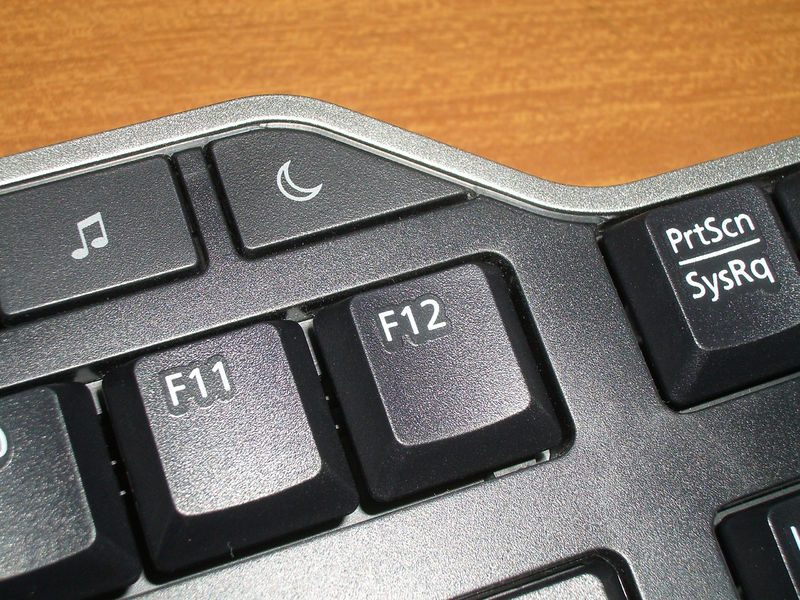
Pad printed keys on a Dell KB522 multimedia keyboard
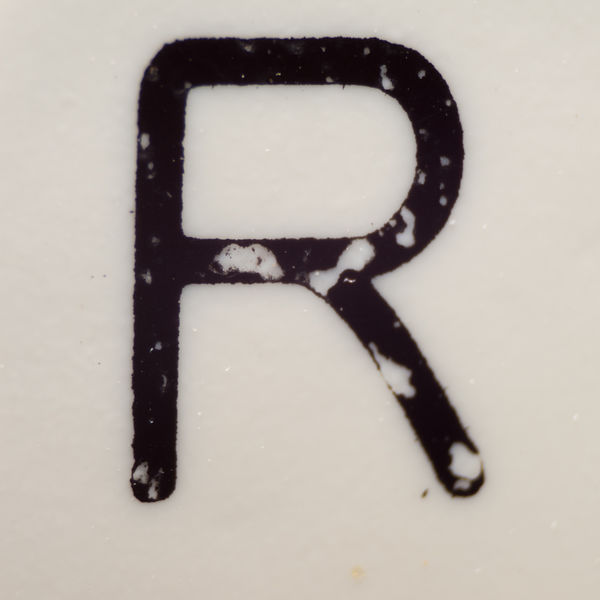
Worn pad printed legend from Acer 6011
- Laser etch: This techinique uses a laser beam to heat to the point that it chars to a darker shade. This method is more durable than Pad printing but the color is not so vibrant and good looking compared to other below printing styles.
- Dye sublimation: Dye sublimation is a process where heat is used to impregnate a material with a dye. This is different to printing in that printing forms a layer of paint on top of the plastic, whereas dye sublimation causes the dye to sink into the plastic. Therefore, it cannot be worn off like paint, and unlike laser printing, it can be used to easily print a mixture of different colors.
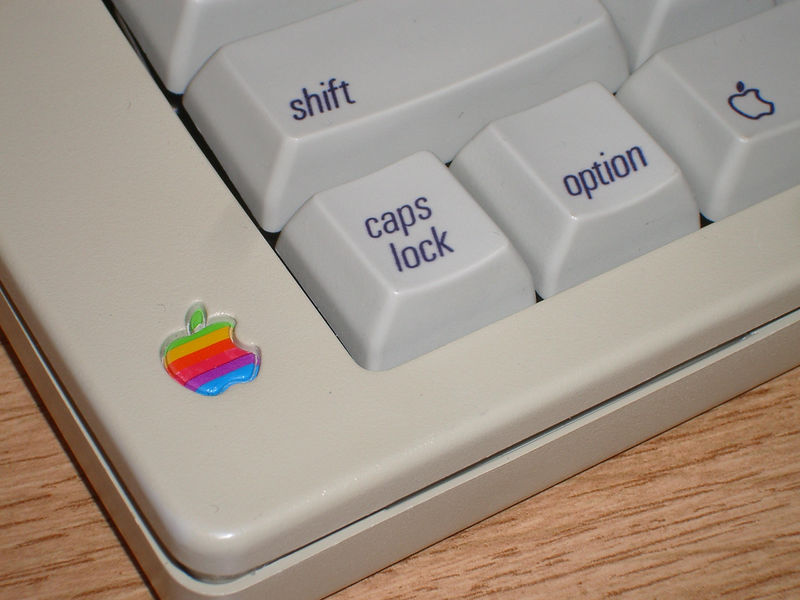
Vintage Apple dye-sub keycaps
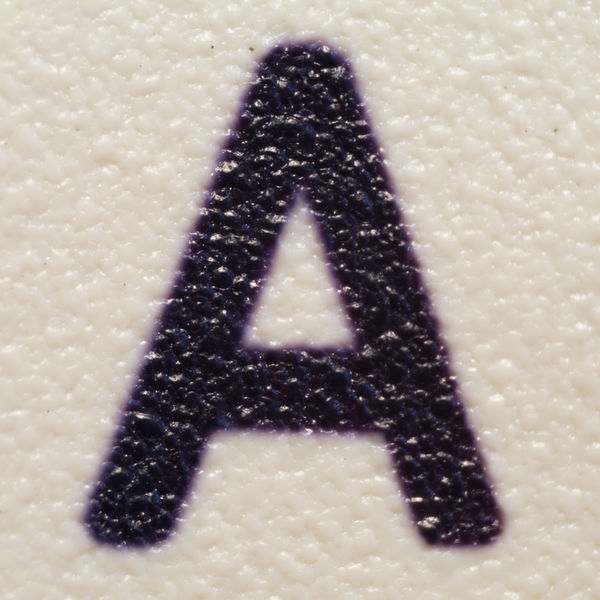
Model F XT dye-sub keycap legend
- Double-shot: Double shot injection molded keycaps (often known as "double shots") are often considered the best type of keycap. Rather than print the legend onto the keycap, the legend is molded from one color of plastic, and then the remainder of the keycap is molded around it in another color of plastic. This process has the advantage of producing markings that cannot be worn off, as they are physically part of the keycap. The process also provides high contrast as the legend is not affected by the color of the surface of the keycap.
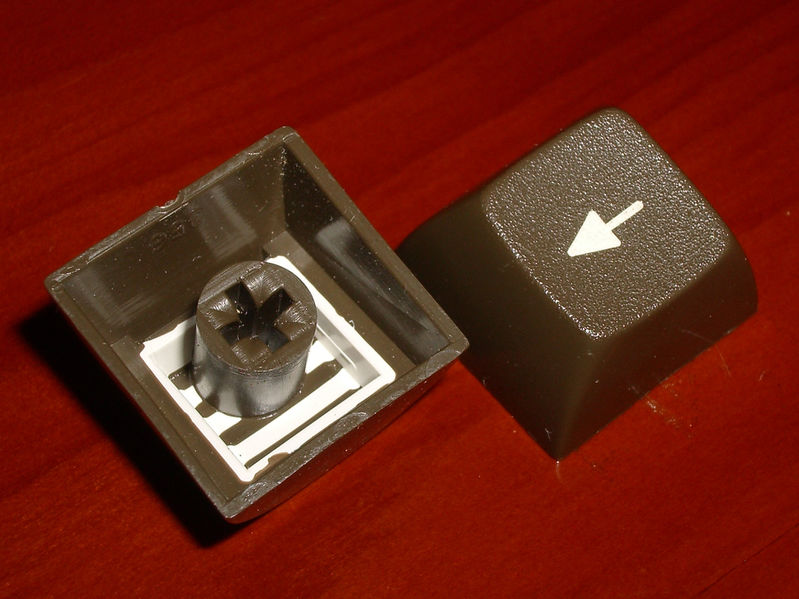
Vintage spherical double-shots, showing the characteristic patterning on the inside
Double shot keycaps are typically limited to two colors per keycap; triple or even quadruple shot molded keycaps are possible and have been made, but in most instances, manufacturers used pad printing or dye sublimation for supplemental colors instead of additional moulding stages.
Switch
There are a bunch of switches’ types in the market. They are different in color, name, type, etc. Based onn their characteristics, there are basically three types of switches: Linear switches, tactile switches and clicky switches.
Linear switches are the simplest ones. They feel the same from the moment you start pressing the key until bottoming out. There is no tactile feedback or noise when hitting the actuation point (the point where the keypress gets registered – usually somewhere in the middle). So, most of the time, you will probably bottom out on each key press.
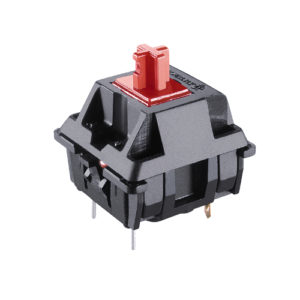
Cherry MX Red - Linear switches
Actuation Distance: 2.2mm
Actuation Force: 60cN
Tactile switches provide tactile feedback, when hitting the actuation point. As you press the key down, you will notice a small bump, which lets you know, that your key press got successfully registered.
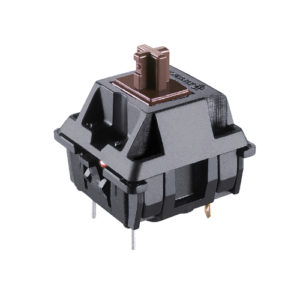
Cherry MX Brown - Tactile switches
Actuation Distance: 2mm
Actuation Force: 55cN
Clicky switches provide an additional click sound, when hitting the actuation point. The main advantage of tactile and clicky switches is that you don’t have to push the key all the way down. You can release the key immediately after you receive the feedback.
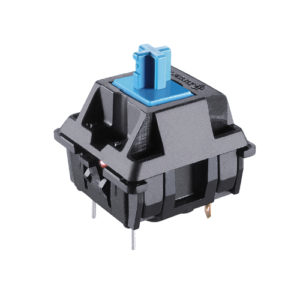
Cherry MX Blue - Clicky switches
Actuation Distance: 2.2mm
Actuation Force: 60cN
The most popular mechanical keyboard switch manufacturer is the German company Cherry. Cherry created the famous Cherry MX Switch in the 1980s and patented it. The switch became pretty much the standard for mechanical keyboards. Almost every mechanical keyboard used Cherry MX switches. Today, the patent is already expired and everyone is allowed to use the concept of the Cherry MX switches.
Today, each brand has a variety of switch choices for customers. And every switch’s brand varies. For example, Gateron’s linear switch is different from Akko’s linear switch. They are the same kind: linear switches, they both do not create tactile or clicky feelings but when you try two above switches at the same time, you will feel the difference. The difference varies from this person to the other. Once again, there is no “perfect switch”.
One tip for choosing switches: In my opinion, switch is one of the most important factors of a mechanical keyboard, so be careful to choose one. You should directly come to those stores having available switches to try on a keyboard. In a variety of switches, you will find one suitable for the keyboard.
This is an overview of the mechanical keyboard. The customized mechanical keyboard is another field. We will have an article later for a personized keyboard lovers!